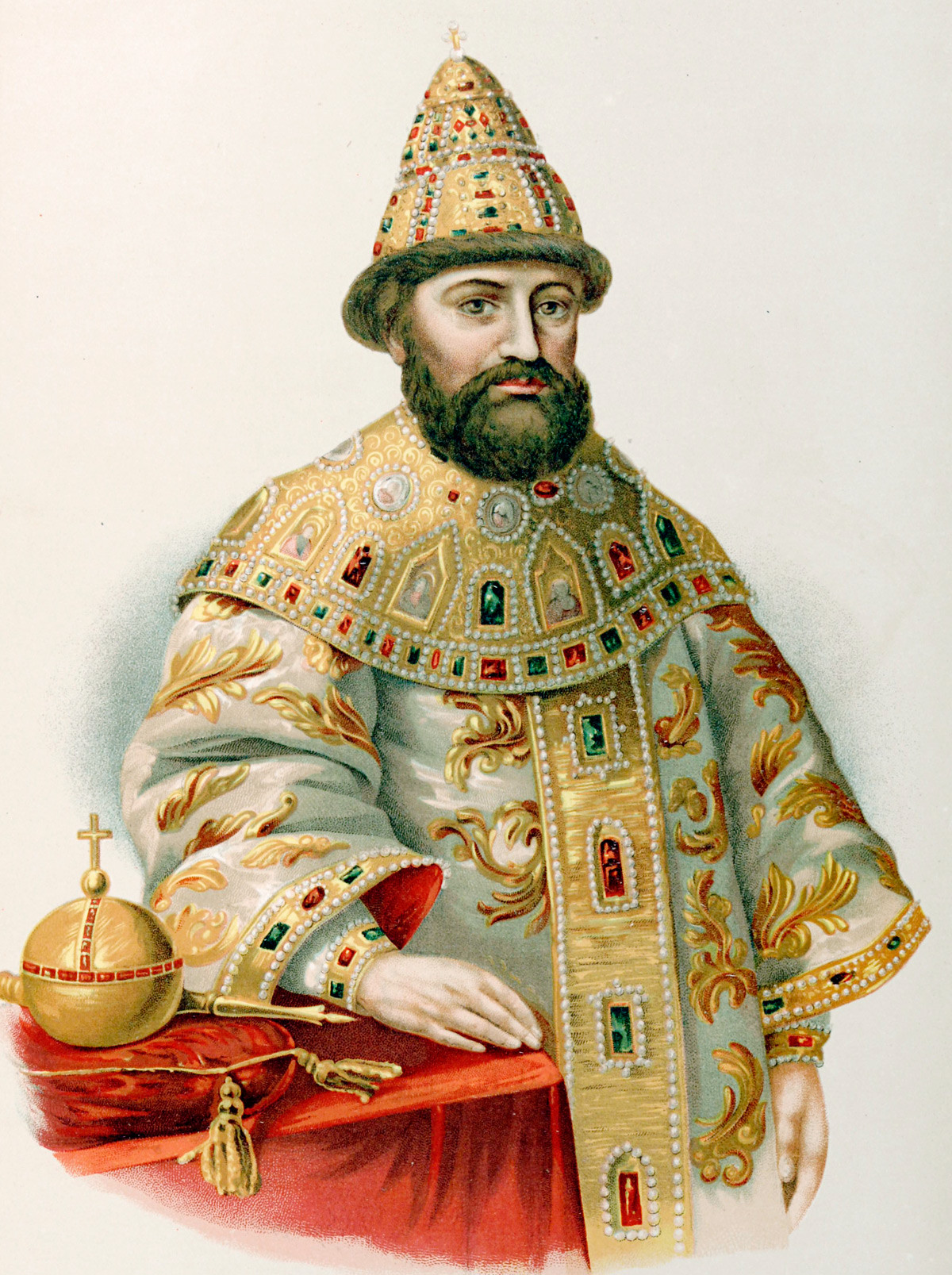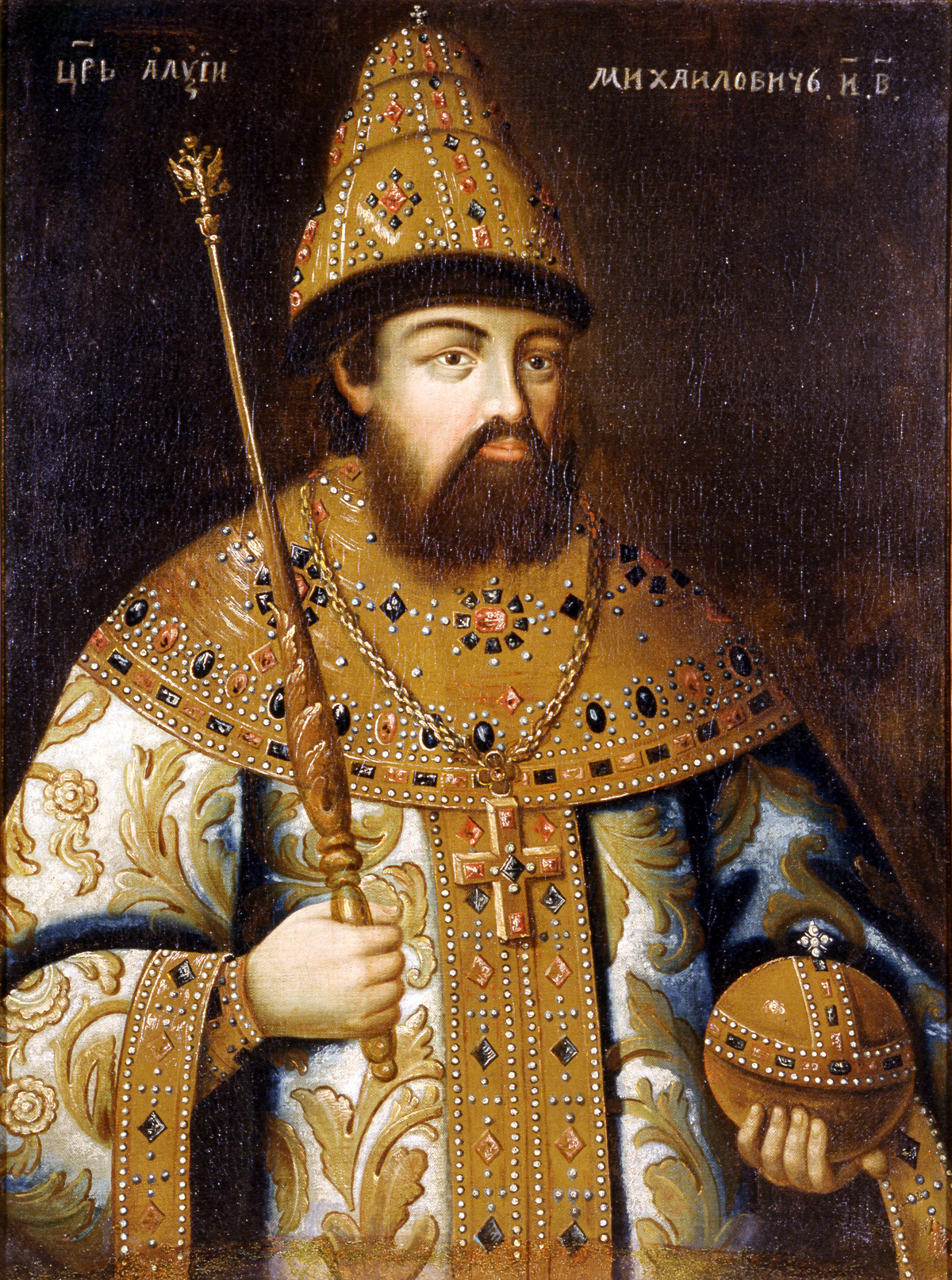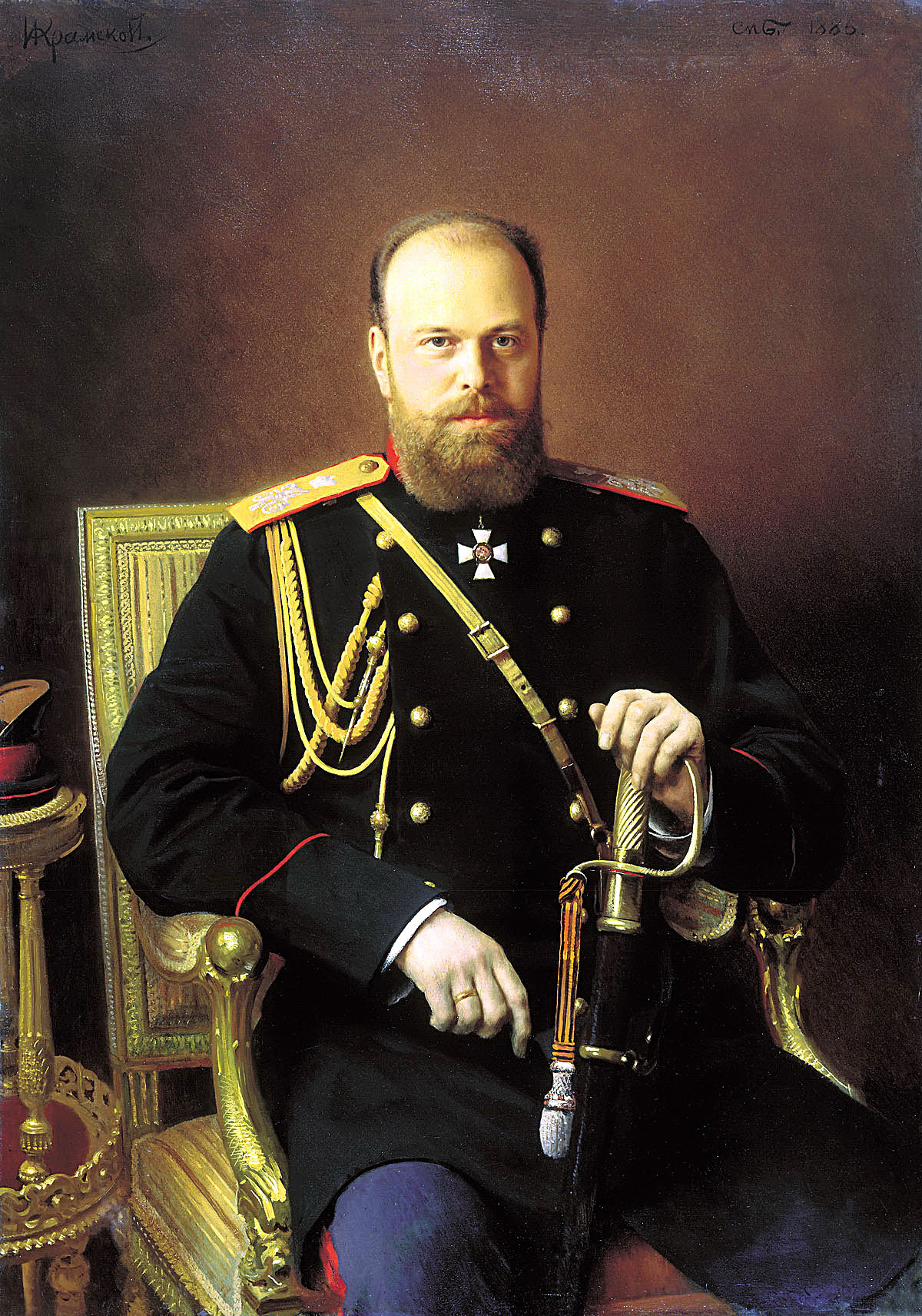
'Aleksander III receiving rural district elders in the yard of Petrovsky Palace in Moscow' by Ilya Repin (1885-1886)
Tretyakov GalleryThe first Romanov ruler – Mikhail (1613-1645) – was one of the most serene tsars ever to sit on the Russian throne. According to his contemporaries, he was refined and kind. They say Mikhail was fascinated with flowers, and he decreed that rose gardens be cultivated in Russia for the first time. He was also very young when he ascended the throne – only 17 years old.

Mikhail I
Viktor Kornushin/Global Look Press“We will choose Mikhail. He’s young and has a weak mind,” one nobleman allegedly said. The young tsar was not a hereditary
Mikhail, however, was not the sole ruler. First, his mother Marfa was a regent. Then, his father, Filaret, became a co-ruler. His power was also limited by the assembly. All this had an impact on Mikhail’s policy, making it more conservative and cautious.
Under his
Mikhail’s son, Aleksei I (1645-1676) was the father of the reformer Peter the Great. He had the moniker of Tishayshy, which means the “most quiet, or most peaceful person,” or “the one you do not hear much about.” Aleksei I was a religious man, and he observed Orthodox rituals and read religious texts.
At the same time, he understood the need to “keep

Aleksei I
Vladimir Boiko/Global Look PressHis reign was similar to that of his father – he was not fond of extensive military activity. The biggest conflict, once again, was with Poland, although the stakes this time were higher. Aleksei fought not to return only Smolensk, though it was a strategically important city,
Cossack military hetman Bohdan Khmelnitsky revolted against Poland and several times asked for Russian protection, but Tsar Aleksei was reluctant to support Khmelnitsky because it automatically meant another war with Warsaw. In 1653, however, the national assembly advised the tsar “to take hetman Bohdan Khmelnitsky [with the army of Cossacks and their lands] under his arm in order to save the Orthodox faith [Poles were Catholics] and God’s sacred churches.”
The following year the Tsar finally decided to support the Cossack cause. The war with Poland lasted for 13 years and ended in bringing back Smolensk and incorporating the left-bank of Ukraine into Tsarist Russia.
Alexander III was dubbed “Peacemaker” because Russia had no wars under his reign (1881-1895). “Every person who has a heart cannot wish for a war, and every ruler whom God entrusted with people, has to do his utmost to avoid the horrors of war,” Alexander reportedly used to say

Portrait of Alexander III by Ivan Kramskoy
State Russian MuseumThe threat of a major war loomed only once during his reign - in the mid-1880s. Russia peacefully incorporated large swaths of
While a conservative in internal politics, he radically reoriented Russia’s course in international affairs. Instead of allying the country with Germany, he chose friendship with France. Later, Britain became a part of that alliance.
Read here about Russia’s top 3 most belligerent rulers
If using any of Russia Beyond's content, partly or in full, always provide an active hyperlink to the original material.
Subscribe
to our newsletter!
Get the week's best stories straight to your inbox